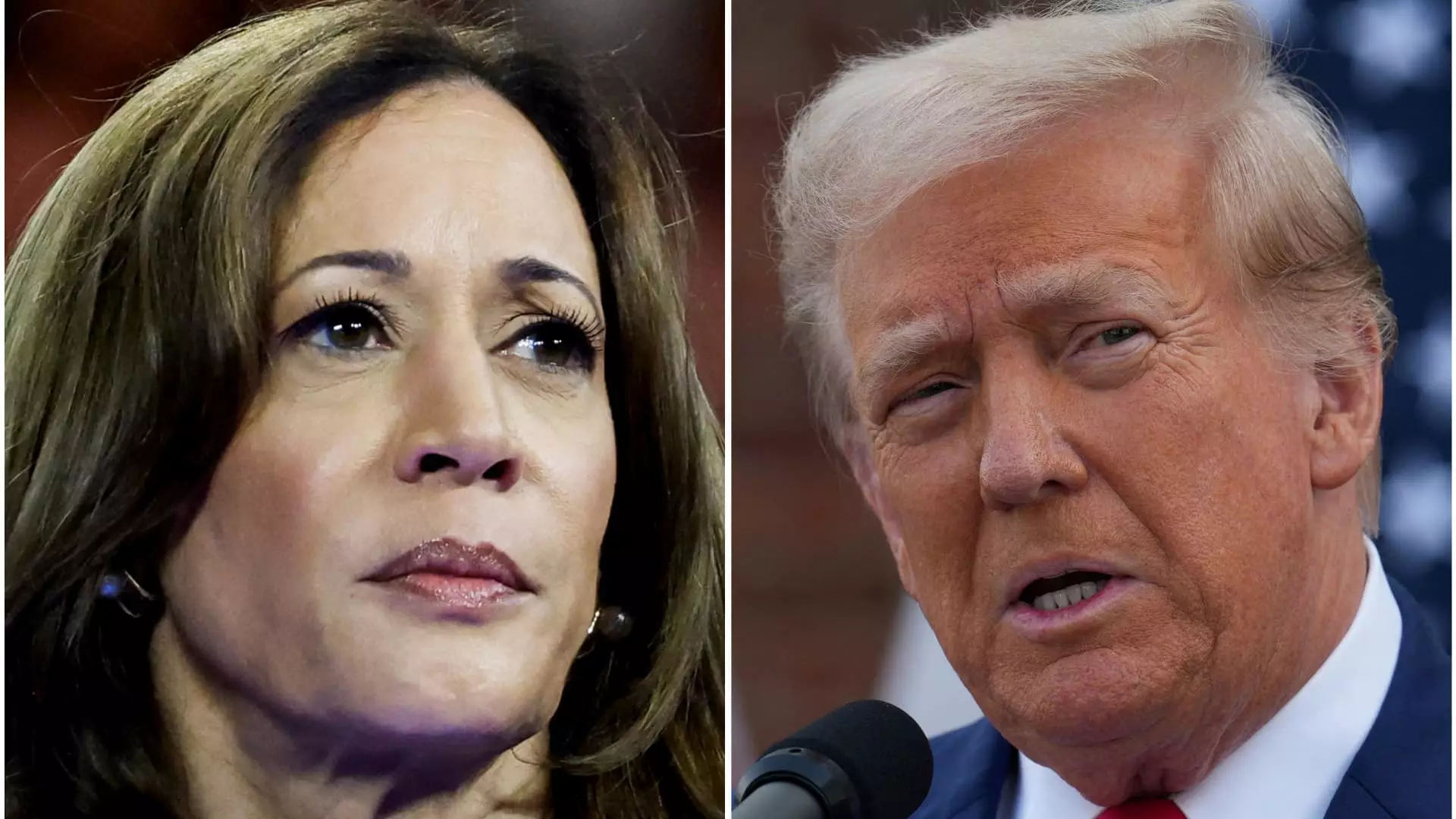As the upcoming election approaches, potential changes to capital gains tax policies have been a hot topic among investors. Democratic vice-presidential nominee, Kamala Harris, proposed a 28% tax rate on long-term capital gains for individuals earning over $1 million annually. This proposal is lower than President Joe Biden’s plan, which calls for a 39.6% tax on long-term capital gains for those making over $1 million per year. On the other hand, former President Donald Trump has not outlined any specific capital gains tax proposals. Overall, the disparity in proposed tax rates highlights the varying approaches of different political candidates towards capital gains taxation.
Throughout history, capital gains tax rates have fluctuated significantly. If Harris’ proposal were to be implemented, the combined capital gains tax rate for top earners would reach 33%, marking the highest rate since 1978. In comparison, former President Ronald Reagan had enacted a 28% top capital gains rate in 1986, which matched the ordinary income rate at the time. The volatility in capital gains tax rates over the years underscores the importance of understanding historical trends when evaluating current proposals.
Investors often consider capital gains tax rates when making financial decisions. Higher tax rates can lead to a “lock-in effect,” where investors are incentivized to hold onto assets rather than sell them, in order to defer tax payments. Additionally, uncertainty in tax policies can create challenges for revenue forecasting and long-term financial planning. The ability of investors to strategically time asset sales in response to changing tax rates highlights the complexity of the relationship between taxation and investment behavior.
The proposed changes to capital gains taxes by different political candidates have broader implications for economic policy. While Harris’ plan aims to increase tax revenue from top earners, Biden’s proposal targets a higher income threshold for increased tax rates. On the other hand, Trump’s support for tax cuts reflects a different approach to fiscal policy. The divergent policy proposals underscore the ideological differences between political parties when it comes to taxation and government revenue.
Looking ahead, it is essential for policymakers to carefully evaluate the potential impact of capital gains tax changes on economic growth and investor behavior. Balancing the need for government revenue with the incentives for investment and financial decision-making is a challenging task. By understanding the historical context of capital gains tax rates and the implications of proposed changes, policymakers can make informed decisions that align with broader economic goals.
The debate over capital gains tax policies highlights the complex interplay between taxation, government revenue, and investor behavior. As the election approaches, the proposed changes to capital gains tax rates signal potential shifts in economic policy depending on the outcome. By critically analyzing the various proposals and their historical context, investors and policymakers can gain a deeper understanding of the implications of changing capital gains tax policies.

